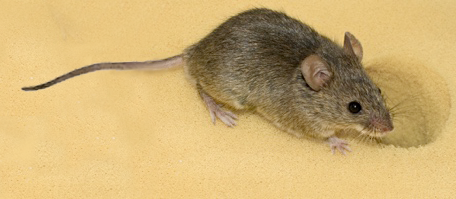Down-regulation of common NFkappaB-iNOS pathway by chronic Thalidomide treatment improves Hepatopulmonary Syndrome and Muscle Wasting in rats with Biliary Cirrhosis.
Abstract
Thalidomide can modulate the TNFalpha-NFkappaB and iNOS pathway, which involve in the pathogenesis of hepatopulmonary syndrome (HPS) and muscle wasting in cirrhosis. In bile duct ligated-cirrhotic rats, the increased circulating CD16+ (inflammatory) monocytes and its intracellular TNFalpha, NFkappaB, monocyte chemotactic protein (MCP-1) and iNOS levels were associated with increased circulating MCP-1/soluable intercellular cell adehesion molecule-1 (sICAM-1), pulmonary TNFalpha/NOx, up-regulated M1 polarization, exacerbated angiogenesis and hypoxemia (increased AaPO2) in bronchoalveolar lavage (BAL) fluid and pulmonary homogenates. Meanwhile, a significant correlation was noted between circulating CD16+ monocyte/M1 (%) macrophages in BAL; M1 (%) macrophages in BAL/pulmonary iNOS mRNA expression; pulmonary iNOS mRNA expression/relative pulmonary MVD; pulmonary NOx level/AaPO2; circulating CD16+ monocyte/M1 (%) macrophages in muscle homogenates; 3-nitrotyrosine (representative of peroxynitrite) concentration/M1 (%) macrophages in muscle homogenates. The in vitro data demonstrated an iNOS-dependent inhibition of thalidomide on the TNFalpha-stimulated angiogenesis and myogenesis in human pulmonary artery endothelial cells (HPAECs) and C2C12 myoblasts. Significantly, the co-culture of CD16+ monocyte from different rats with HPAECs, or co-culture of supernatant of above mixed cultures with HPAECs or C2C12 myoblasts stimulated angiogenesis, migration and myogenesis. Our findings demonstrate that TNFalpha inhibitor thalidomide markedly diminishes the severity of experimental HPS and muscle wasting by down-regulation of common peripheral and local NFkappaB-iNOS pathway.
| Authors: | Li TH, Lee PC, Lee KC, Hsieh YC, Tsai CY, Yang YY, Huang SF, Tsai TH, Hsieh SL, Hou MC, Lin HC, Lee SD |
|---|---|
| Journal: | Sci Rep; 2016 Dec 23; 639405. doi:10.1038/srep39405 |
| Year: | 2016 |
| PubMed: | PMID: 28009008 (Go to PubMed) |


